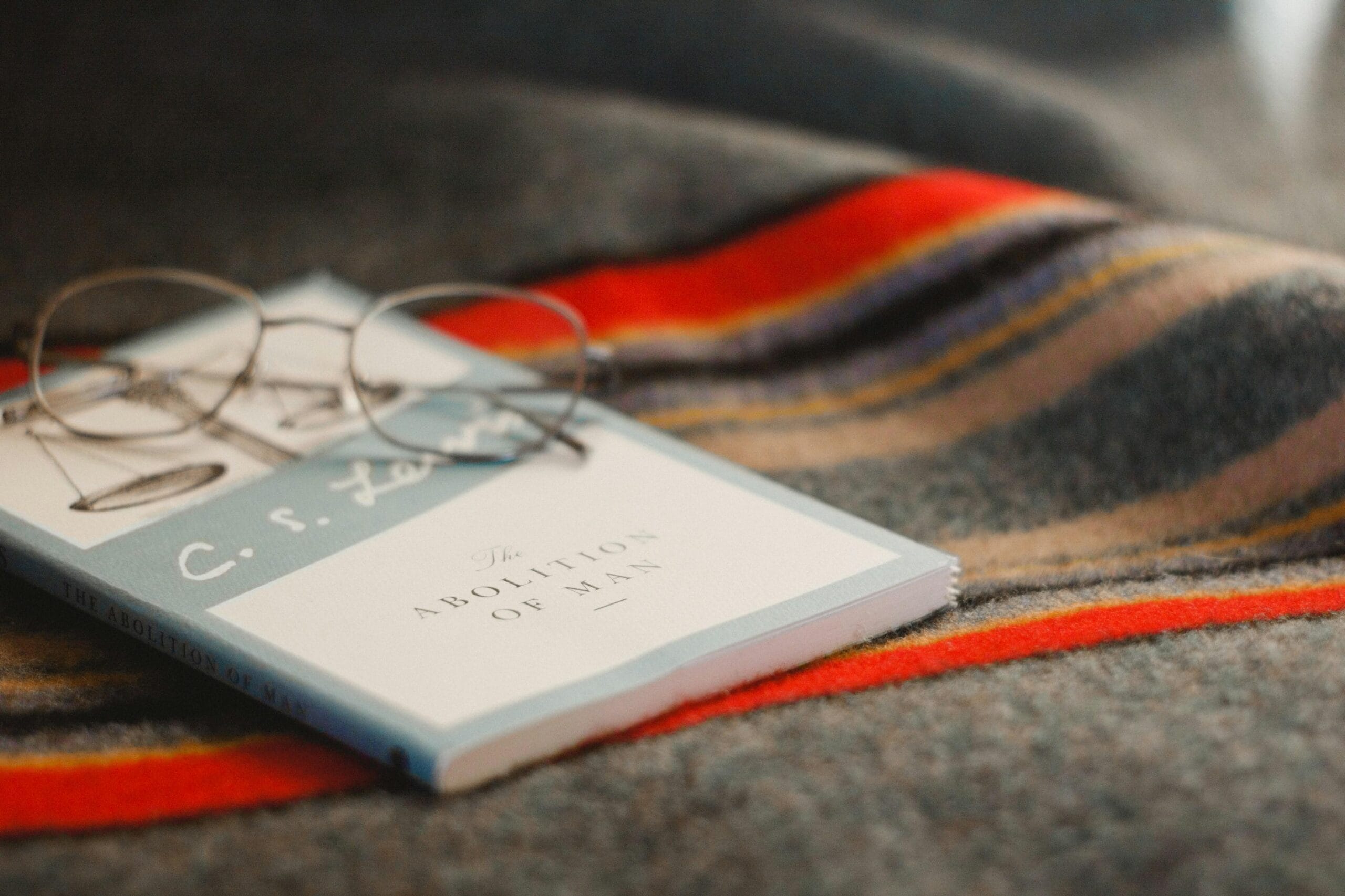Can magical realism be found in works outside of Latin American literature?
Exploring the Magical Realism Genre in Literature
Magical realism is a fascinating literary genre that seamlessly blends reality with fantastical elements. This article delves into the origins, key themes, and prominent works of magical realism to help you better understand and appreciate this unique style of storytelling.
Introduction to Magical Realism
Magical realism is a genre where magic elements are a natural part of an otherwise mundane, realistic environment. Unlike pure fantasy, where the entire world is whimsical and otherworldly, magical realism roots its magical elements in the real world. This genre often presents the extraordinary as mundane, creating an enchanting yet believable narrative.
Origins of Magical Realism
The term ‘magical realism’ was first coined by German art critic Franz Roh in 1925 to describe a new form of art that blended reality with magical elements. However, it became more broadly associated with literature through Latin American writers in the mid-20th century.
Key Authors
- Gabriel García Márquez – Known for “One Hundred Years of Solitude.”
- Isabel Allende – Famous for “The House of the Spirits.”
- Jorge Luis Borges – Renowned for his short stories that blend reality and fantasy.
Themes in Magical Realism
Magical realism often explores complex themes and deep philosophical questions. Here are some common themes you’ll find in this genre:
- Blurring of Real and Fantastic: The boundary between reality and fantasy is blurred, leaving readers questioning what is real.
- Emotional Resonance: Magical elements often symbolize deeper emotional truths or cultural narratives.
- Societal and Historical Commentary: Many works of magical realism comment on political, social, and historical issues.
Notable Works of Magical Realism
If you’re looking to dive into magical realism literature, here are some must-read books:
| Title | Author | Summary |
|---|---|---|
| One Hundred Years of Solitude | Gabriel García Márquez | A multi-generational story set in the fictitious town of Macondo, filled with magical events and stunning characters. |
| The House of the Spirits | Isabel Allende | A family saga that combines historical reality with magical elements, spanning several generations of the Trueba family. |
| Beloved | Toni Morrison | A haunting story of a woman haunted by the ghost of her dead daughter, addressing the brutal realities of slavery. |
Benefits and Practical Tips for Reading Magical Realism
Benefits of Reading Magical Realism
- Expands Creativity: The genre encourages imaginative thinking and creativity.
- Enhances Emotional IQ: By presenting emotional truths in a magical context, readers can better understand complex human emotions.
- Improves Cultural Awareness: Many magical realism works delve into cultural and societal issues, enriching readers’ understanding of different cultures.
Practical Tips for Engaging with Magical Realism
- Keep an Open Mind: Accept the fantastical elements as part of the story, rather than questioning their realism.
- Focus on the Themes: Pay attention to the underlying themes and messages rather than getting caught up in the magical elements.
- Read Diversely: Explore magical realism works from different cultures to gain varied perspectives.
Conclusion
Magical realism is a unique genre that offers a rich tapestry of storytelling by blending the real with the fantastical. Whether you’re a seasoned reader or new to this genre, the magical realism works mentioned in this article are sure to captivate and intrigue you. By exploring these narratives, you not only stretch your imagination but also gain deeper insights into the human condition.
So, pick up a book from this genre and let the magic unfold!
